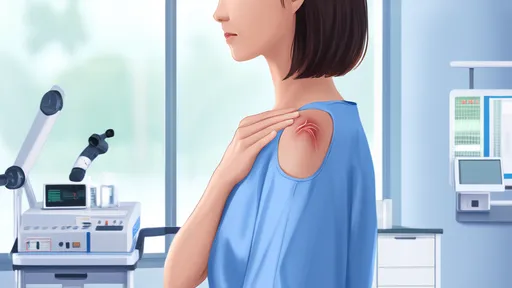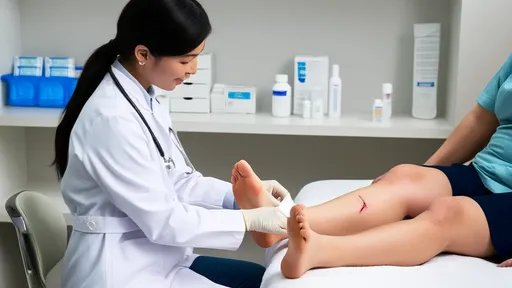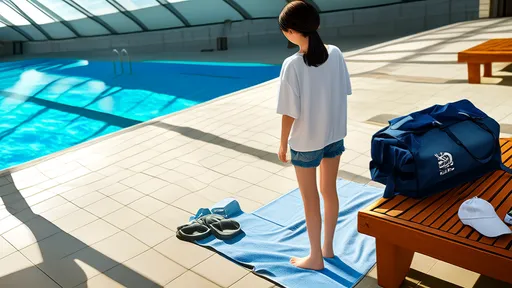Swimming pools are a great place to relax, exercise, and have fun, but they can also be a breeding ground for infections if proper hygiene is not maintained. The changing rooms, in particular, are high-risk areas where bacteria and fungi thrive due to the warm, moist environment. Understanding how to protect yourself from infections in pool changing rooms is essential for anyone who frequents these facilities.
The Hidden Dangers of Pool Changing Rooms
Many swimmers focus on the cleanliness of the pool water but overlook the risks present in changing areas. Wet floors, shared benches, and damp towels create an ideal environment for pathogens like athlete’s foot fungus, staphylococcus, and even wart-causing viruses. These microorganisms can survive on surfaces for hours, increasing the chances of transmission from one person to another. Without proper precautions, an innocent trip to the pool could result in an uncomfortable infection.
Personal Hygiene: The First Line of Defense
One of the simplest yet most effective ways to prevent infections is by maintaining good personal hygiene. Always shower before and after swimming to wash away any bacteria or contaminants. Use antibacterial soap, paying special attention to your feet and other areas prone to fungal growth. Avoid walking barefoot in changing rooms—wear flip-flops or waterproof sandals to minimize contact with the floor. Additionally, never share personal items like towels, razors, or soap, as these can easily transfer germs.
Choosing the Right Changing Room Practices
How you use the changing room can significantly impact your risk of infection. Opt for dry, clean surfaces when changing—avoid sitting directly on benches if they appear wet or dirty. Place a clean towel or a disposable mat underneath you for added protection. After changing, ensure your swimsuit is thoroughly rinsed and dried before the next use, as lingering moisture can foster bacterial growth. If possible, change at home to reduce exposure to communal spaces altogether.
The Role of Facility Maintenance
While personal habits are crucial, the responsibility also falls on pool operators to maintain hygienic changing areas. Proper ventilation reduces humidity, discouraging mold and bacteria. Regular disinfection of floors, benches, and lockers is a must. Facilities should provide hand sanitizer stations and clearly visible hygiene reminders for visitors. If you notice poor maintenance in a changing room, consider reporting it to management or choosing a different facility with higher cleanliness standards.
Recognizing and Treating Common Infections
Despite precautions, infections can still occur. Athlete’s foot, characterized by itching and peeling skin, is a frequent issue. Bacterial infections like folliculitis may cause red, inflamed bumps on the skin. If you suspect an infection, avoid scratching or spreading it further. Over-the-counter antifungal creams or antibacterial washes can help, but persistent symptoms should prompt a visit to a healthcare professional. Early treatment prevents complications and stops the infection from worsening.
Educating the Next Generation of Swimmers
Teaching children about changing room hygiene is just as important as instructing them on pool safety. Kids are more susceptible to infections due to their developing immune systems. Encourage them to wear protective footwear, wash their hands, and avoid touching their faces after handling shared surfaces. By instilling these habits early, we can help them enjoy swimming without the risk of preventable illnesses.
Ultimately, staying infection-free in pool changing rooms comes down to awareness and proactive measures. By combining personal diligence with facility hygiene standards, swimmers can focus on the enjoyment of the water rather than the worry of unwanted germs.

By /Aug 7, 2025

By /Aug 6, 2025

By /Aug 6, 2025

By /Aug 6, 2025

By /Aug 6, 2025

By /Aug 6, 2025

By /Aug 6, 2025

By /Aug 6, 2025

By /Aug 6, 2025

By /Aug 6, 2025

By /Aug 6, 2025

By /Aug 6, 2025

By /Aug 6, 2025

By /Aug 6, 2025

By /Aug 6, 2025

By /Aug 6, 2025

By /Aug 6, 2025

By /Aug 6, 2025

By /Aug 6, 2025

By /Aug 6, 2025